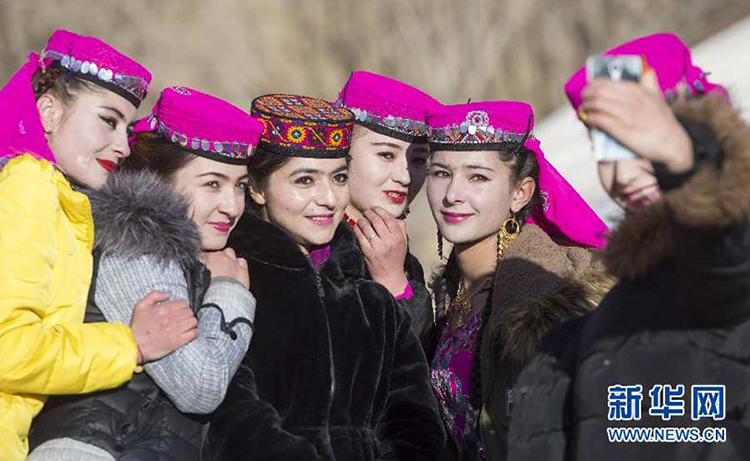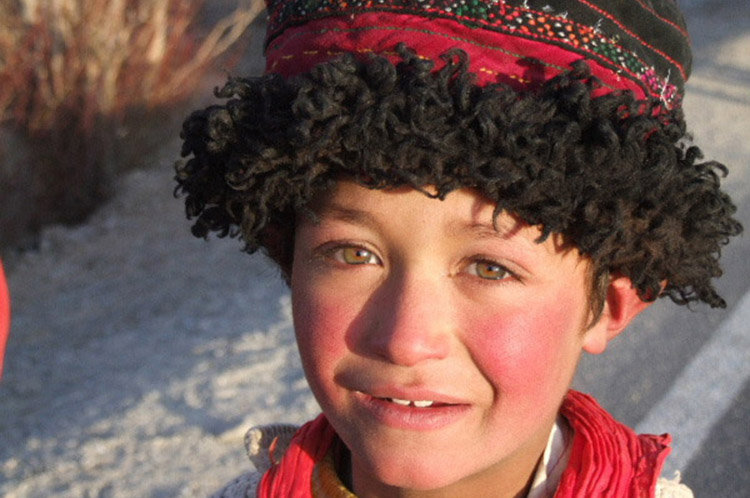Written by: Shi Xiaoqi
Posted on: February 18, 2016 | 
Tajiks in Xinjiang celebrate the coming of spring
The Tajiks live in the eastern part of the Pamirs, 3,000 meters above sea level. Every spring, they sow highland barley, pea, wheat and other cold-resistant crops. They move their herds to highland pastures in early summer, return to harvest the crops in autumn, and then spend winters at home, leading a semi-nomadic life.

Men wear tall lambskin hats and collarless long jackets with belts, on top of which they add sheepskin overcoats in cold weather. Women wear dresses, and embroidered cotton-padded hats with back flaps.
The Tajik herdsmen enjoy butter, sour milk, and other dairy products, and regard meat as a delicacy. It is a taboo to eat pork. Most Tajik houses are square, flat-roof in structures, and built with wood and stone. Since the high plateau is often assailed by snowstorms, the rooms are spacious but low. When herdsmen graze their herds in the mountains, they usually live in yurts or mud huts.

The religion of the Tajiks is Islam. With the exception of Islamic festivals, the Tajik Spring Festival, which falls in March and marks the beginning of a new year, is the most important occasion for the Tajik people. They pay great attention to etiquette and are very hospitable. To visiting guests, they offer delicious stewed mutton (eaten with hands rather than chopsticks), rice boiled in milk, and buttered paste.
The Tajik people are brave and friendly. In Tajik legends, the eagle symbolizes a hero. The Tajiks commonly play a short flute made with eagle-wing-bone, and their dance is famous for imitating the flight of an eagle. The Tajik people are also known for their horsemanship. Their favorite sports, sheep tussling and ‘Guapoq’, are played with horses.
You may also like: